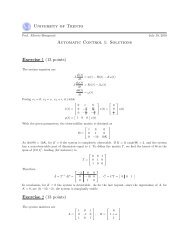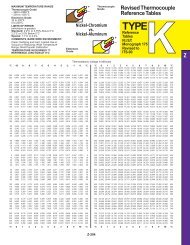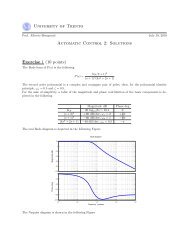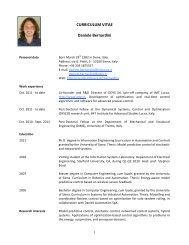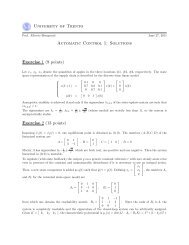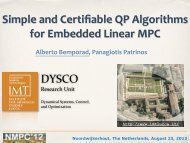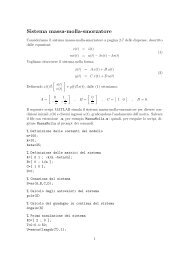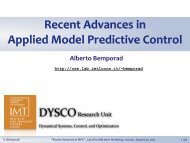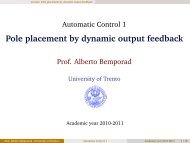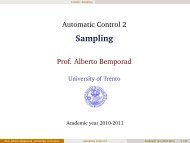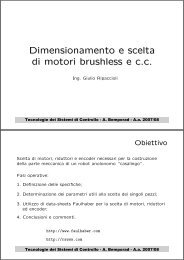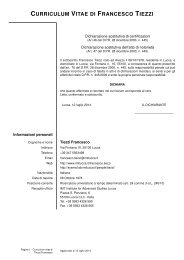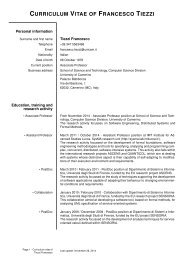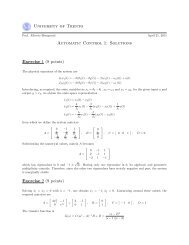Automatic Control 1 - Reachability Analysis
Automatic Control 1 - Reachability Analysis
Automatic Control 1 - Reachability Analysis
- No tags were found...
You also want an ePaper? Increase the reach of your titles
YUMPU automatically turns print PDFs into web optimized ePapers that Google loves.
Lecture: <strong>Reachability</strong> <strong>Analysis</strong><strong>Control</strong>lability<strong>Control</strong>labilityLet (Ã, ˜B) be a canonical reachability decomposition of (A, B). Then−A n x 0 = −Tà n z 0 = T˜B TØB . . . Tà n−1˜B U = T˜RUwhere we set z 0 = T −1 x 0 =zucand T = [wz nr +1 . . . w n v 1 . . . v nr]csince T is invertible, the system T˜RU = −Tà n z 0 is equivalent to ˜RU = −à n z 0 ,that is 0 0 . . . 0AnB c A c B c . . . A n−1 U = −uc0 zuccB c ⋆ A n cz cas the pair (A c , B c ) is completely reachable, the system above has a solution ifand only is A n uc z uc = 0 for any initial condition z uc , that is A n uc = 0if A uc is a nilpotent matrix (= all its n − n c eigenvalues are zero), byCayley-Hamilton A n−n cuc = 0 and thereforeA n uc = An cuc An−n cuc= A n cuc · 0 = 0Prof. Alberto Bemporad (University of Trento) <strong>Automatic</strong> <strong>Control</strong> 1 Academic year 2010-2011 20 / 23□



